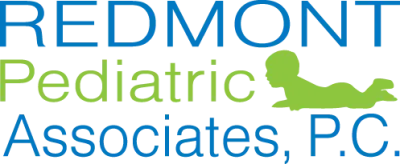
PATIENT PORTAL
PAY YOUR REDMONT BILL HERE-
When Should You See Your Pediatrician?
posted: Apr. 09, 2024.

-
How Often Should My Child Be Seeing a Pediatrician?
posted: Apr. 01, 2024.

-
What To Expect at a Behavioral Health Evaluation
posted: Mar. 07, 2024.

-
The Importance of Regular Well Visits
posted: Mar. 01, 2024.

-
The Importance of Early Childhood Vaccinations
posted: Feb. 07, 2024.
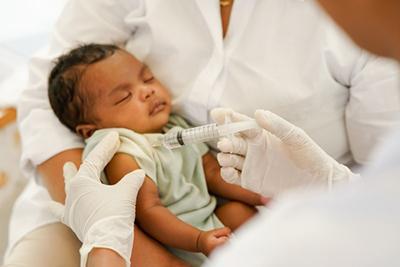
-
Childhood Obesity: Causes, Risks, and Strategies for Prevention
posted: Feb. 01, 2024.
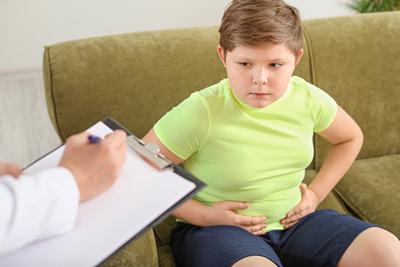
-
Best Ways To Prevent Ear Infections
posted: Jan. 07, 2024.
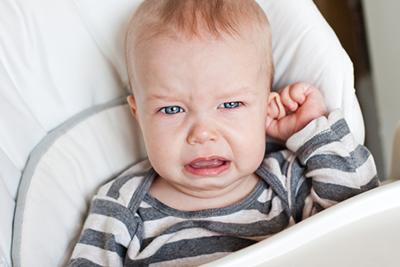
-
The Role of Pediatricians in Early Childhood Development
posted: Jan. 01, 2024.
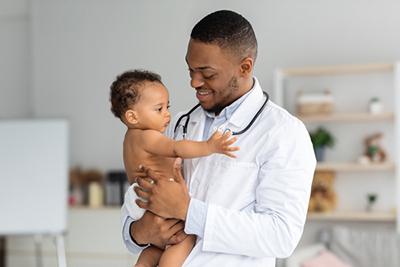
-
Promoting Mental Health in Children
posted: Dec. 07, 2023.

-
Tips To Help Your Child Eat Healthier
posted: Dec. 01, 2023.

-
Sports Injuries in Kids: Prevention and Treatment
posted: Nov. 07, 2023.

-
The Importance of Well Care Visits for Adolescents
posted: Nov. 01, 2023.

-
Asthma Prevention: A Pediatrician's Guide to Respiratory Health
posted: Oct. 09, 2023.

-
Why Is A Sports Physical So Important?
posted: Oct. 01, 2023.
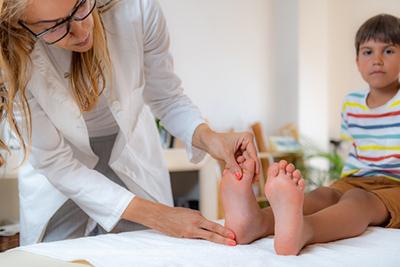
-
Common Childhood Illnesses
posted: Sep. 06, 2023.
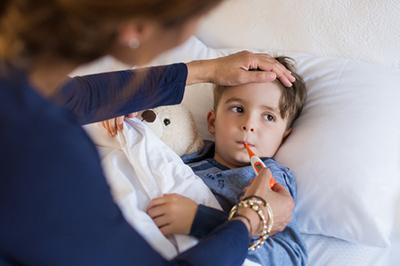
-
Understanding Developmental Milestones: Tracking Your Child's Growth
posted: Sep. 01, 2023.

Contact Us
Contact Information
In Case of Emergency:
Dial 911
Office Hours
Monday:
8:00 am-5:00 pm
Tuesday:
8:00 am-5:00 pm
Wednesday:
8:00 am-5:00 pm
Thursday:
8:00 am-5:00 pm
Friday:
8:00 am-5:00 pm
Saturday:
LIMITED HOURS*
Sunday:
Closed
*Limited hours for sick appointments only - clinic rotates between Redmont Pediatrics and Over the Mountain Pediatrics (Office of Doctor on Call)
Outside of routine clinic hours, urgent calls will be routed to the Nurse Triage Line at Children's Hospital, the Doctor on call is available if needed.
